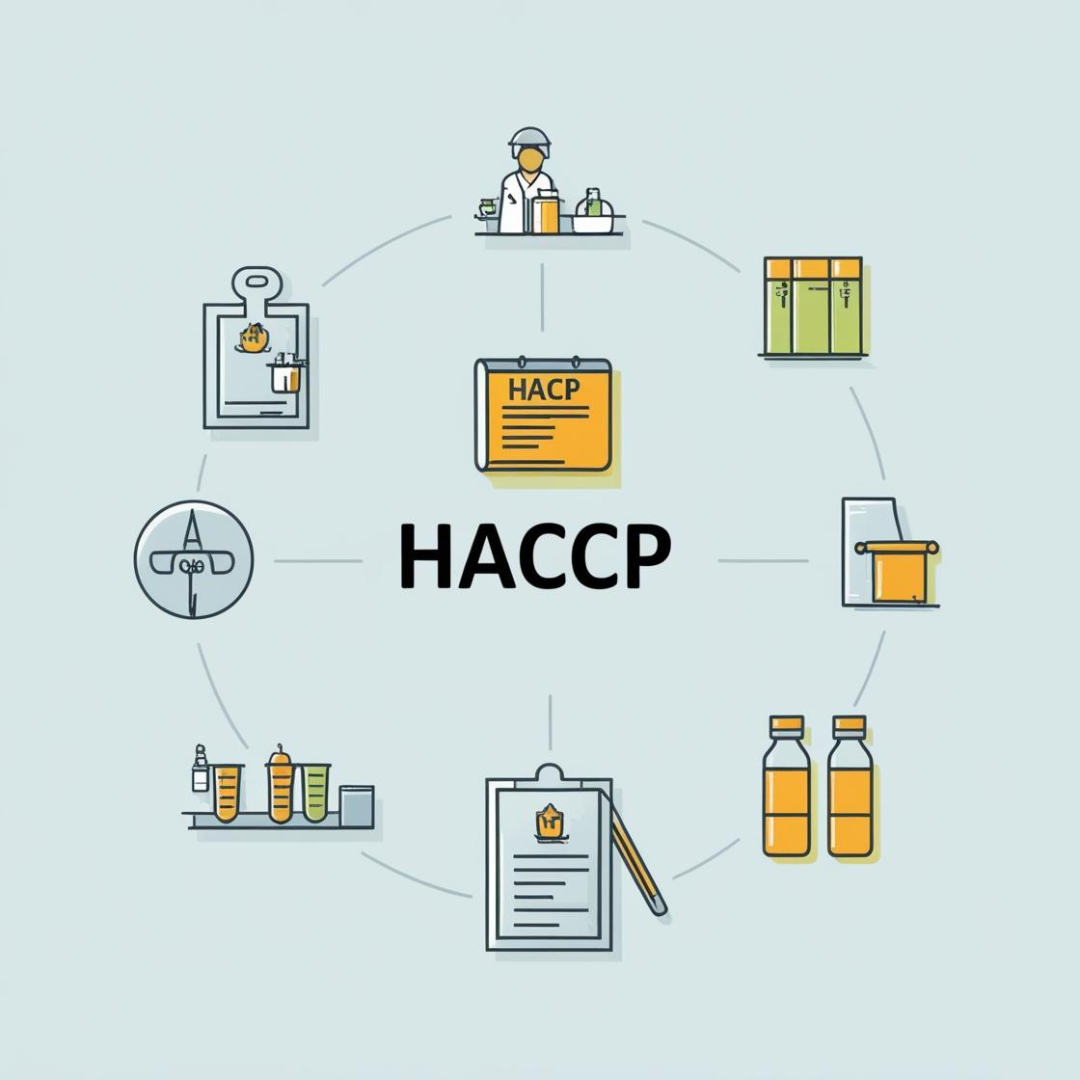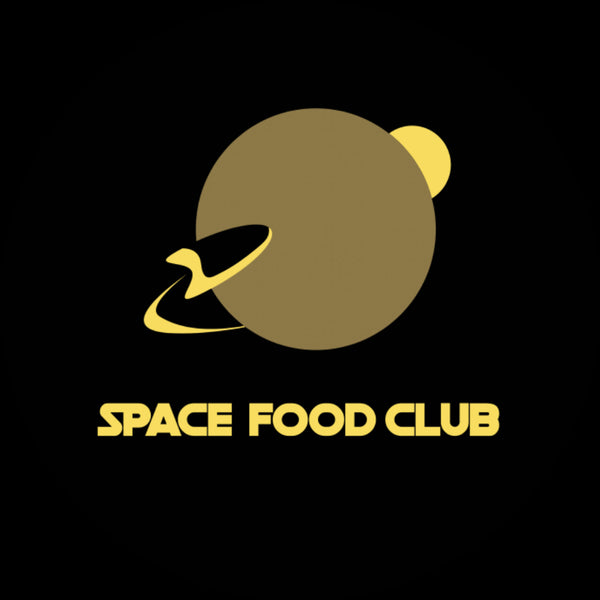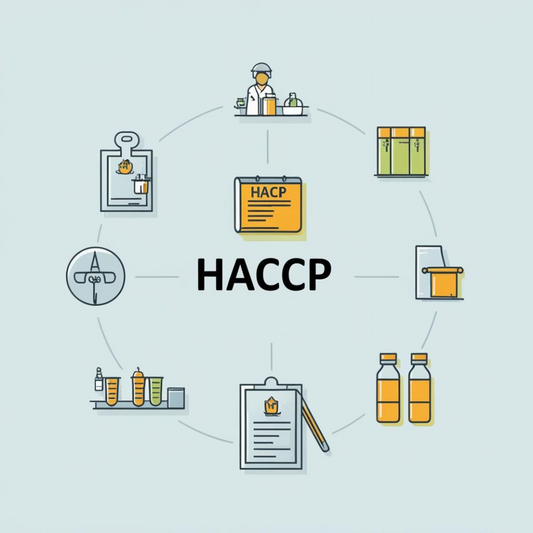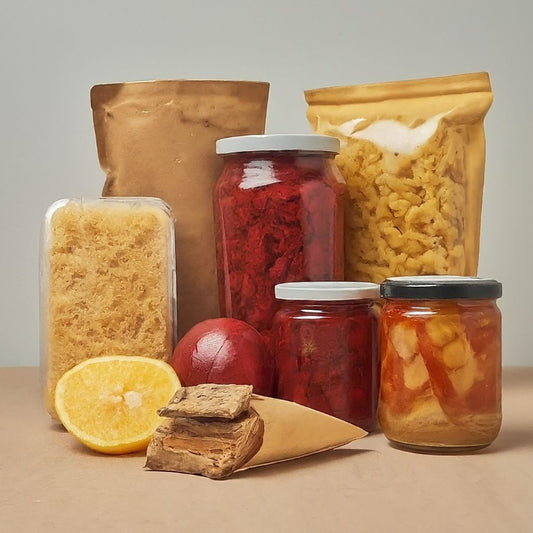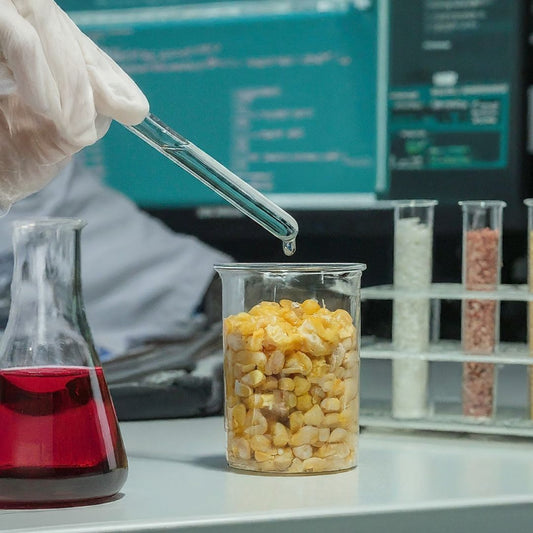🚀 Quantum Computing in Food R&D – A New Frontier
Share
Food science has always relied on chemistry, biology, and engineering—but what if the next revolution comes from quantum computing?
Unlike classical computers, which process data in binary, quantum computers can simulate highly complex molecular interactions in minutes—something that would take traditional systems years.
🔹 Why It Matters for Food:
Flavor Simulation: Predict how molecules interact to create new taste profiles.
Shelf-Life Modeling: Optimize preservatives and packaging by simulating spoilage reactions.
Texture Innovation: Design plant-based proteins that replicate meat or dairy at the molecular level.
Nutrient Stability: Forecast how vitamins degrade under different processing/storage conditions.
🔹 Real-Time Examples:
IBM + Molecular Simulation Startups → working on flavor molecule mapping using quantum algorithms.
Cambridge Quantum → exploring quantum chemistry models that could guide clean-label additive design.
Nestlé R&D (speculative direction) → interest in quantum-powered simulations for nutrient interactions.
🌍 Impact
Faster R&D cycles → new products in months instead of years.
More sustainable formulations → less trial-and-error, reduced waste.
Breakthrough in personalized food design → tailor-made flavors, nutrients, and textures.
🔹 Applications in Food:
1. Flavor & Aroma Design
Quantum algorithms can model how thousands of molecules interact with human taste and smell receptors.
Example: Cambridge Quantum has worked on quantum chemistry simulations that can be applied to designing clean-label flavor molecules and reducing reliance on synthetic additives.
2. Shelf-Life & Food Preservation
Simulating how oxygen, light, or temperature impacts nutrient breakdown in real time.
Speculation: Quantum simulations could help Nestlé or Unilever design next-gen packaging films that better protect vitamins and probiotics.
3. Plant-Based Protein Innovation
Designing proteins with meat-like textures by predicting folding and binding at the molecular level.
Example: IBM is exploring quantum-powered molecular modeling, which could accelerate development of fermentation-derived dairy or meat proteins without years of trial and error.
4. Nutrient Bioavailability
Modeling how nutrients interact with the gut microbiome or how supplements degrade inside the body.
Example: Quantum simulations could be applied in nutraceutical R&D to design personalized supplements that match individual metabolism.
🌍 Potential Impacts:
Faster R&D: Reduce product development timelines from years to months.
Sustainability: Minimize raw material use by cutting down on trial-and-error lab work.
Personalization: Foods tailored at the molecular level for specific health needs, cultures, or taste preferences.
